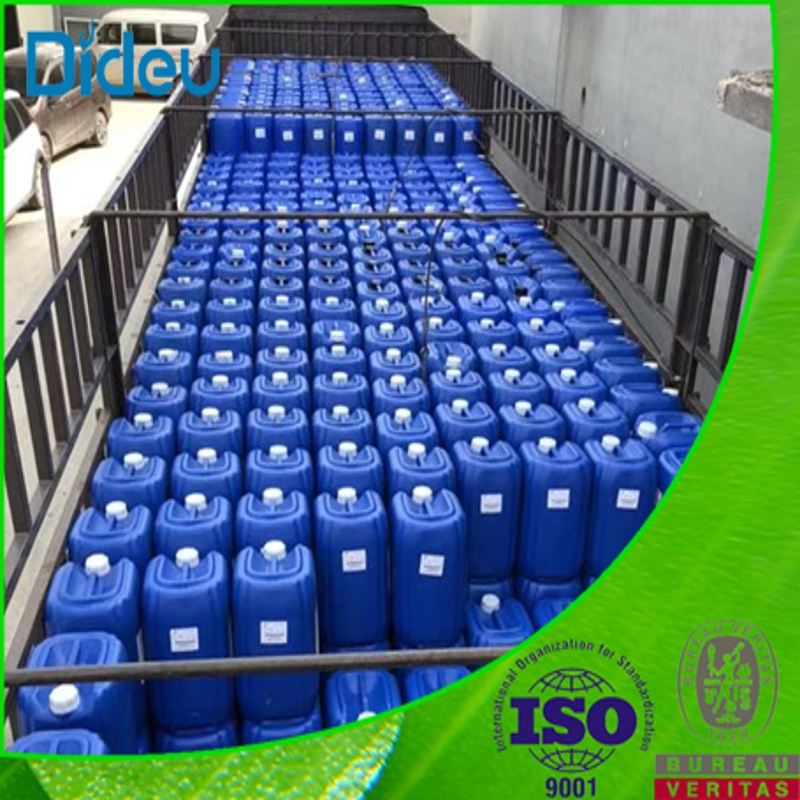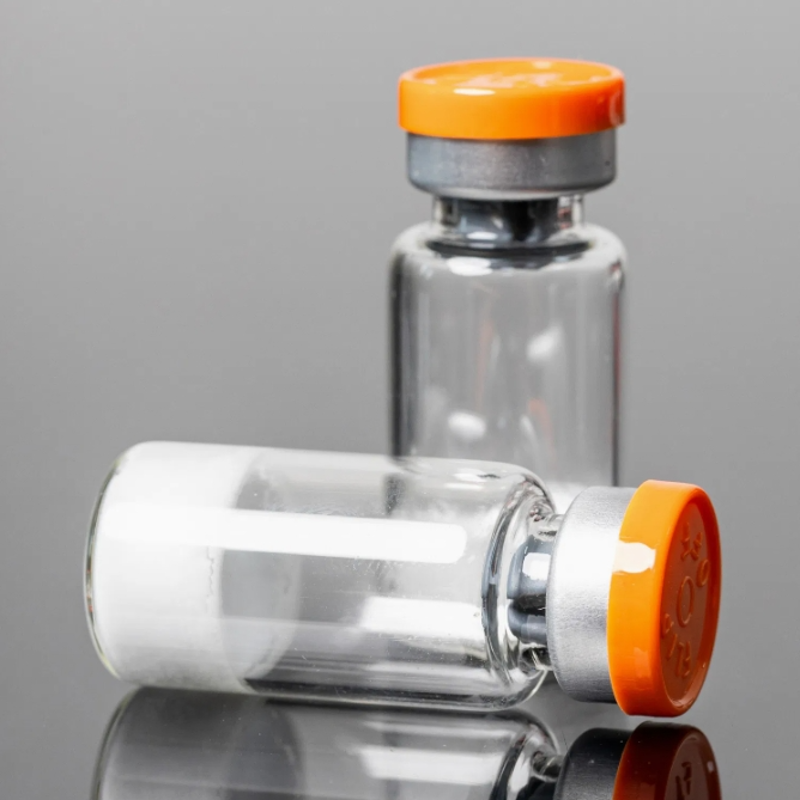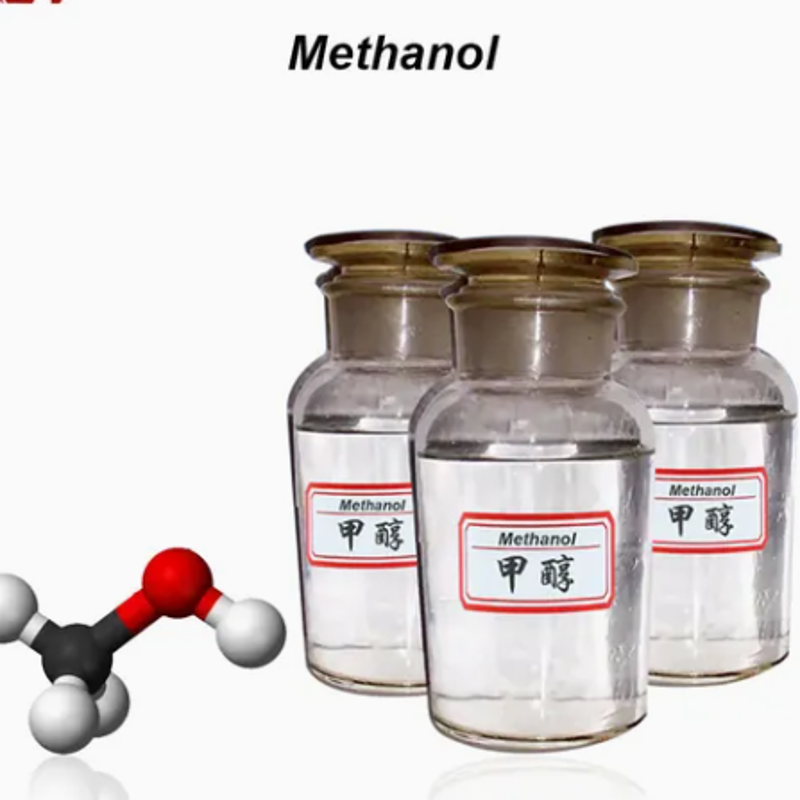-
Categories
-
Pharmaceutical Intermediates
-
Active Pharmaceutical Ingredients
-
Food Additives
- Industrial Coatings
- Agrochemicals
- Dyes and Pigments
- Surfactant
- Flavors and Fragrances
- Chemical Reagents
- Catalyst and Auxiliary
- Natural Products
- Inorganic Chemistry
-
Organic Chemistry
-
Biochemical Engineering
- Analytical Chemistry
-
Cosmetic Ingredient
- Water Treatment Chemical
-
Pharmaceutical Intermediates
Promotion
ECHEMI Mall
Wholesale
Weekly Price
Exhibition
News
-
Trade Service
The chemical industry is one of the most important sectors in the world, as it provides the raw materials and products that are essential for a wide range of industries.
In recent years, there has been a growing demand for a specific type of copolymer known as Dimethyl Isophthalate-Dimethyl Terephthalate-Ethylene Glycol copolymer.
This copolymer is widely used in the production of various products, including plastics, textiles, and electronics.
One of the most common methods of producing this copolymer is through a synthetic route, which involves a series of chemical reactions that convert the individual monomers into the desired copolymer.
The synthetic route for Dimethyl Isophthalate-Dimethyl Terephthalate-Ethylene Glycol copolymer typically involves several steps, including the preparation of the monomers, their combination, and the subsequent polymerization reaction.
The first step in the synthetic route is the preparation of the monomers.
Dimethyl Isophthalate and Dimethyl Terephthalate are both synthesized from their respective precursors, which include Isophthalic acid and Terephthalic acid.
The preparation of these precursors involves several chemical reactions, including the esterification of Benzene with Isophthalic acid, and the oxidation of Pure Terephthalic acid.
Once the monomers have been prepared, they are combined in a specific ratio to produce the copolymer.
The exact ratio of the monomers will depend on the intended use of the copolymer, as well as the properties that are desired.
For example, a higher ratio of Dimethyl Isophthalate will result in a copolymer with a higher melting point, while a higher ratio of Dimethyl Terephthalate will result in a copolymer with a lower melting point.
After the monomers have been combined, they are subjected to a polymerization reaction, which involves the formation of long chains of molecules.
This reaction is typically carried out using a catalyst, such as Sodium Hypophosphite, which helps to speed up the reaction and improve the efficiency.
The polymerization reaction can be carried out using several different methods, including bulk polymerization, solution polymerization, and emulsion polymerization.
One of the key advantages of the synthetic route for Dimethyl Isophthalate-Dimethyl Terephthalate-Ethylene Glycol copolymer is that it allows for a high degree of control over the properties of the final product.
By carefully controlling the ratio of the monomers, the type of catalyst used, and the conditions of the polymerization reaction, it is possible to produce a copolymer with a wide range of physical and chemical properties, such as melting point, glass transition temperature, and solvent resistance.
Another advantage of the synthetic route is that it is relatively cost-effective and efficient.
The individual monomers and the necessary chemicals are widely available, and the polymerization reaction can be carried out using standard equipment and conditions.
This means that the production process can be scaled up or down as needed, without incurring significant additional costs.
Overall, the synthetic route for Dimethyl Isophthalate-Dimethyl Terephthalate-Ethylene Glycol copolymer is a highly effective way of producing this important copolymer.
By carefully controlling the synthesis process and selecting the appropriate monomer ratios and conditions, it is possible to produce a copolymer with a wide range of desirable properties, making it an essential material for a variety of applications in the chemical industry.







